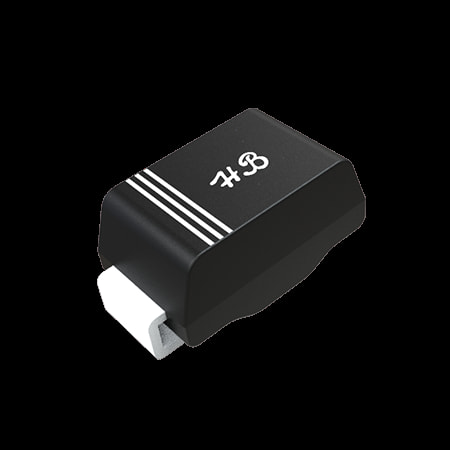How to Choose a Diode for a Rectifier?
When designing an electrical system that needs to convert alternating current (AC) to direct current (DC), it is vital to select the right diode for the rectifier. The diode serves as the core component of the rectifier, influencing the efficiency, reliability, and overall performance of the system. Here’s a comprehensive guide on choosing the ideal diode for your rectifier.

Step 1: Identify the Operating Voltage and Current
The initial step in selecting a diode for a rectifier involves determining the operating voltage and current of the system. It is crucial for the diode to handle the peak voltage and current experienced during operation. Take into account the input AC voltage, desired DC output voltage, and the expected current draw of the load.
Step 2: Assess the Reverse Voltage Rating
Rectifier diodes face considerable reverse voltages in their operation. Thus, opting for a diode that can endure the maximum reverse voltage without failure is essential. The reverse voltage rating of the diode should ideally be higher than the peak reverse voltage in the system to guarantee dependable performance.
Step 3: Analyze the Forward Voltage Drop
The forward voltage drop refers to the voltage across the diode while in a forward conduction state. This voltage drop causes power loss and diminishes the overall efficiency of the rectifier. Selecting a diode with a lower forward voltage drop will help reduce power loss and enhance efficiency.
Step 4: Review the Reverse Leakage Current
Even when a diode is in a reverse blocking state, a small amount of current, known as the reverse leakage current, might still flow through it. Accumulation of this current over time can potentially damage the diode or other components in the circuit. Therefore, it is advisable to choose a diode with low reverse leakage current to reduce this risk.
Step 5: Evaluate Thermal Performance
Diodes produce heat during their operation, and excessive heat can lead to premature failures. It’s important to consider the thermal aspects of the rectifier and the anticipated operating temperatures. Opt for diodes that offer high thermal tolerance and fit them with appropriate heat sinks or cooling systems to ensure reliable operation under varying conditions.
Step 6: Consider Package Type and Size
The type and size of the diode package can influence its installation and integration into the rectifier circuit. Select a diode that is suitable for the available space in your design and is compatible with the mounting and interconnection techniques utilized in the system.
Step 7: Analyze Cost and Availability
Lastly, evaluate the cost and availability of the diode. Compare prices among various diode options while assessing their performance and reliability. Choose a diode that satisfies your technical requirements while fitting within your budget. Additionally, ensure that the diode is easily obtainable from trustworthy suppliers to prevent any potential project delays.
In summary, selecting the correct diode for a rectifier demands careful consideration of several factors, including operating voltage and current, reverse voltage rating, forward voltage drop, reverse leakage current, thermal performance, package type and size, along with cost and availability. By following these steps meticulously, you can choose a diode that ensures efficient and reliable operation for your rectifier system.
- Previous: Understanding Rectifier Diodes: A Comprehensive Guide
- Next: None
- 0

